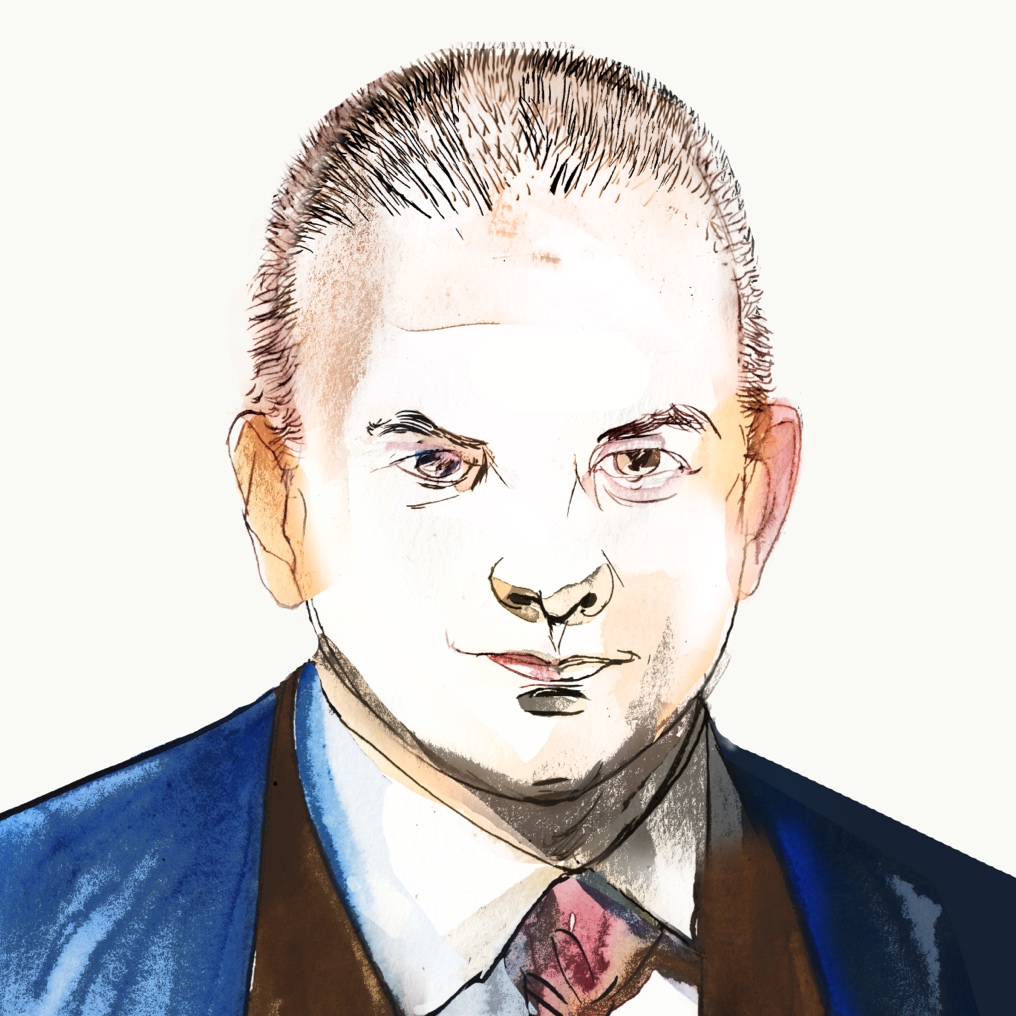Last week Rusty Reno and I did a double act on the Hugh Hewitt radio show. At one point, I remarked that the problem with trying to argue against the dominant moral consensus on sex, sexuality, and identity was that it is not based on an argument that one can address in kind, but rather on an aesthetic. Matters of taste are what really dominate the expressive individualism and ethics of authenticity of this present age.
Later that morning, Reno and I were together on a panel with Archbishop Charles Chaput and Professor Robert George, discussing—among other things—the future possibilities for restoring traditional views of marriage and family. I offered a fairly pessimistic assessment and opined that Christians need to divert their political energies from the national to the local. But Professor George pushed back, citing the way in which the pro-life cause had made significant gains on the national stage since the dark days of the 1970s.
His response did give me pause for thought. When we face what appear to be irreversible developments, it can indeed be easy to despair. Yet it is true that the pro-life cause is stronger now than perhaps it has ever been. And it is also true that numerous apparently irresistible historical phenomena, from Napoleon to the Soviet Union, have proved to be somewhat less than the end of history.
But upon reflection, I believe the successes of the pro-life cause actually reinforce my earlier point—that it is aesthetics, not arguments, which are the primary means for influencing social change today. Therefore pro-life success actually supports my pessimism on matters of sexuality. Pro-life success has been driven by aesthetics, in a way for which it is hard to imagine finding a counterpart in the cause of traditional sexual morality.
In the pro-life cause, there have been arguments based upon developments in medical science. There have been excellent natural-law arguments on issues surrounding the relationship of life, personhood, and potential. But I suspect these are really sideshows in the significant shift in public opinion. Key to real pro-life success at a popular level has been the deployment of aesthetics. The stories of women who have had abortions and regretted it, as well as the stories of those who might have been aborted but who were born and who have lived fulfilled lives, have had an impact. Images of the dismembered bodies of aborted children surely touch all but the hardest hearts. And above all, the advent of the sonogram has been crucial, as it has brought with it the ability to see into the womb, to see the form of a human person, to perceive a heart beating and a hand moving. It has transformed the popular imagination with regard to unborn children.
This is where I believe the parallel with our current issues breaks down. The aesthetics are against us now. The sight of gay couples rejoicing as they marry in the wake of Obergefell v. Hodges is one that naturally inspires a positive response. I have noted before the role of sitcoms and soap operas in forming the public’s moral imagination on issues of identity, marriage, and sexual morality. To this we might add that the aesthetics of the language used in the cause are potent: Freedom, love, and equality resonate deeply and positively in our culture. By way of comparison, the linguistic aesthetics in the abortion debate—choice versus life—are very finely balanced, making other factors, such as sonograms, more decisive.
At this point in time, it is very hard to see where traditionalists might seize the aesthetic advantage in the debates over sexuality and identity. It will be very hard to gain a narrative advantage for traditional positions. Not only do we not have significant access to pop-culture media, we must also acknowledge that, for every narrated story of a broken gay marriage or family, there will be just as many, if not more, from traditional marriages and families.
Perhaps transgenderism might offer some possibilities. It could be a bridge too far in the identity revolution. It has the look of a movement that will be mugged by reality at some point. At that moment, the aesthetics will likely work against it. Images of bodily mutilation and hormonal manipulation, and tales of the tragic outcomes of precipitate and irreversible surgical procedures, may well sway the public taste. But I cannot at present see an aesthetic revolution on the matter of marriage. Not when all the aesthetics of popular culture are pitted against it.
Still, if Professor George is correct (and I hope he is), and it is indeed possible to turn around the ship of anarchic sexuality and liquid identities, then I believe it will happen only if we first understand the role of aesthetics in our current climate and then find appropriate ways of influencing public taste. Arguments can be true or false, good or bad. But today who cares? We live in an age where the primary moral binary is between the tasteful and distasteful. Control of aesthetics is where the real power to change people lies.
Carl R. Trueman is Paul Woolley Professor of Church History at Westminster Theological Seminary.

